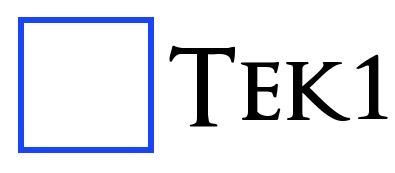Category: Steel Detailing Blog
-
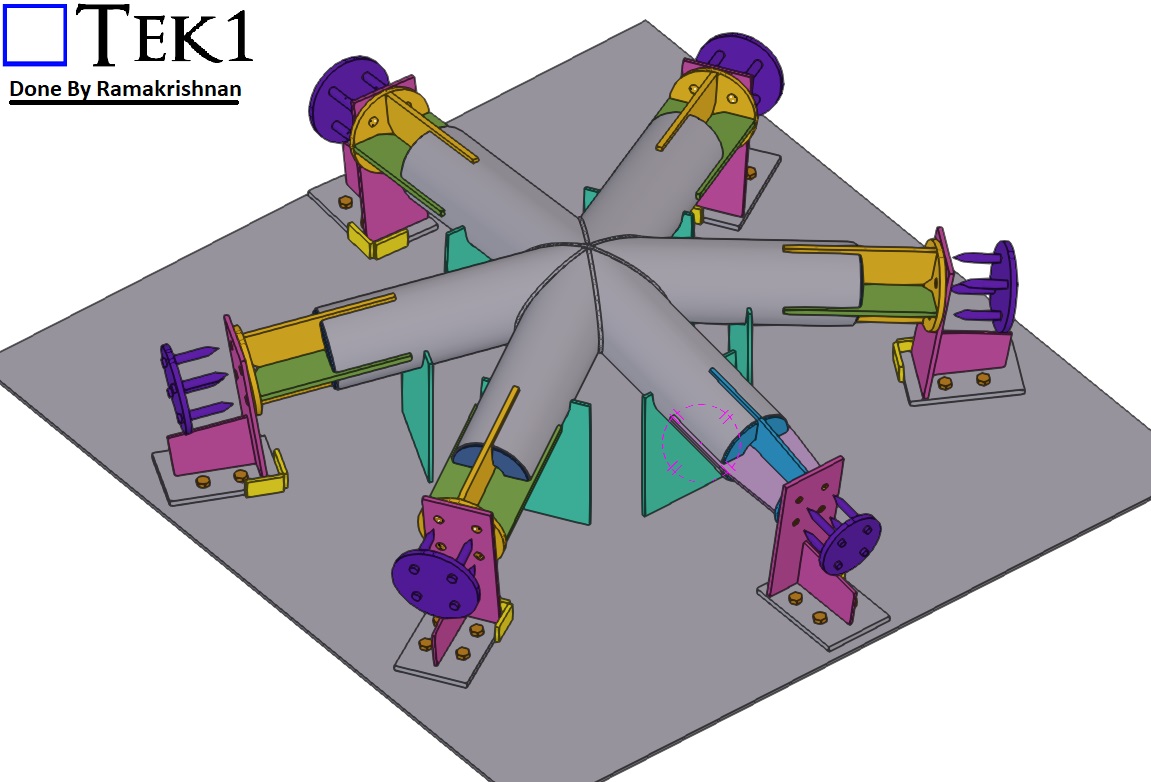
How TEK1 Solved the Complicated Star Node Puzzle in Great EMU in the Sky
At TEK1, we believe great detailing is more than just precision—it’s about understanding real-world challenges and turning complexity into clarity. The Challenge The Great EMU in the Sky project presented one of the most unique and technically demanding structures we’ve ever worked on—a 30-metre-wide globe made up of 128 intricate “star nodes” connecting the bracing…
-

TEK1’s Steel Detailing for Sydney Metro – Resolving Design Challenges – 3
We hope you found our previous two blogs on the Sydney Metro project insightful. If you missed them, check them out using the link below! In this blog, we’ll share about a connection detail that we proposed to the engineer. As per the design, a PFC beam needed to be supported by an I-beam above.…
-
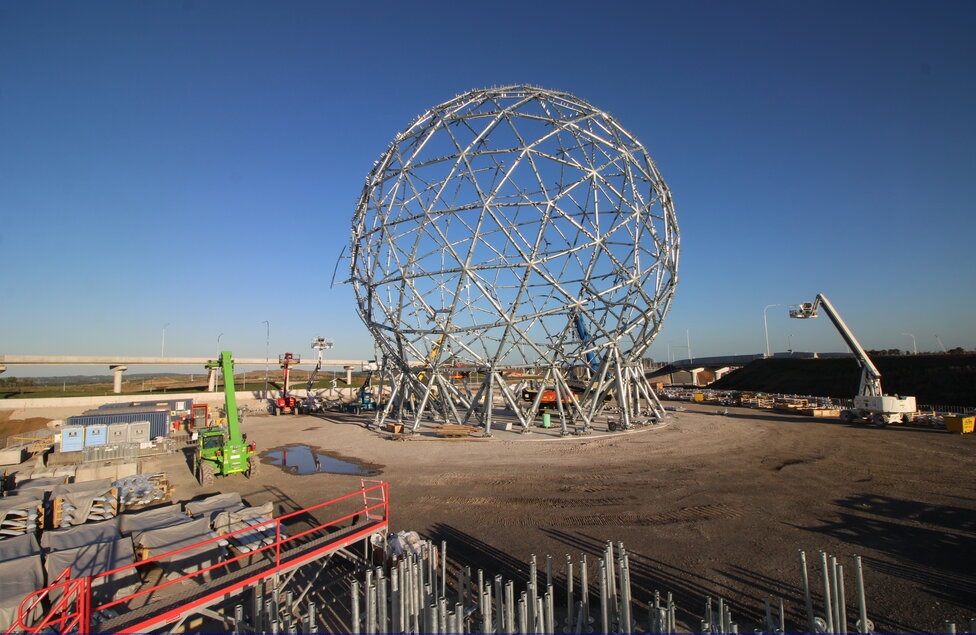
TEK1 Brings the ‘Great Emu in the Sky’ Sculpture to Life for Sydney’s M12 Motorway
TEK1 is proud to be part of an iconic project—the ‘Great Emu in the Sky’ sculpture, a monumental 30-meter-high emu nest that will stand as a cultural landmark along Sydney’s M12 Motorway. A Symbol of Dharug Heritage The peanic structure celebrates the Dharug Community’s sacred creation story of the Great Emu constellation. A Landmark Visible…
-

SYDNEY METRO CITY & SOUTHWEST TUNNELGRC PANELS & ITS BRACKET
TEK1, we recently had the opportunity to detail GRC panel brackets for a section of the Sydney Metro Tunnel, utilizing a point cloud survey to ensure precise alignment and installation. Project Overview The client provided a point cloud survey of the tunnel, allowing us to accurately determine the placement of GRC panels and their supporting…
-

TEK1’s Steel Detailing for Sydney Metro – Resolving Design Challenges – 2
In the last blog in Sydney metro project , we discussed about the design issue regarding angle weld. Here we are going to discuss about the member placement issue. The design specified two PFCs on both sides of a column.Column was surrounded by fireproofing sheets. However, the PFC flanges clashed with the fireproofing sheets, making…
-
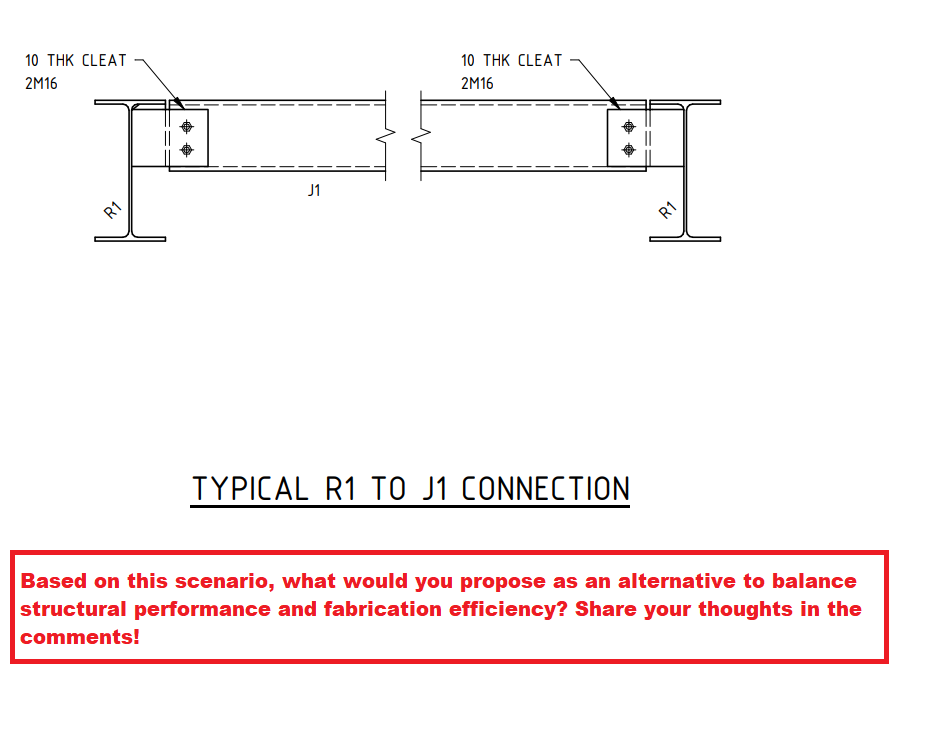
Understanding PFC Shear Connection: A Practical Discussion
Based on this scenario, what would you propose as an alternative to balance structural performance and fabrication efficiency? Share your thoughts in the comments! Introduction Shear connections play a crucial role in structural steelwork, ensuring the stability and strength of a framework. One common method is the extended shear plate connection, as seen in the…
-
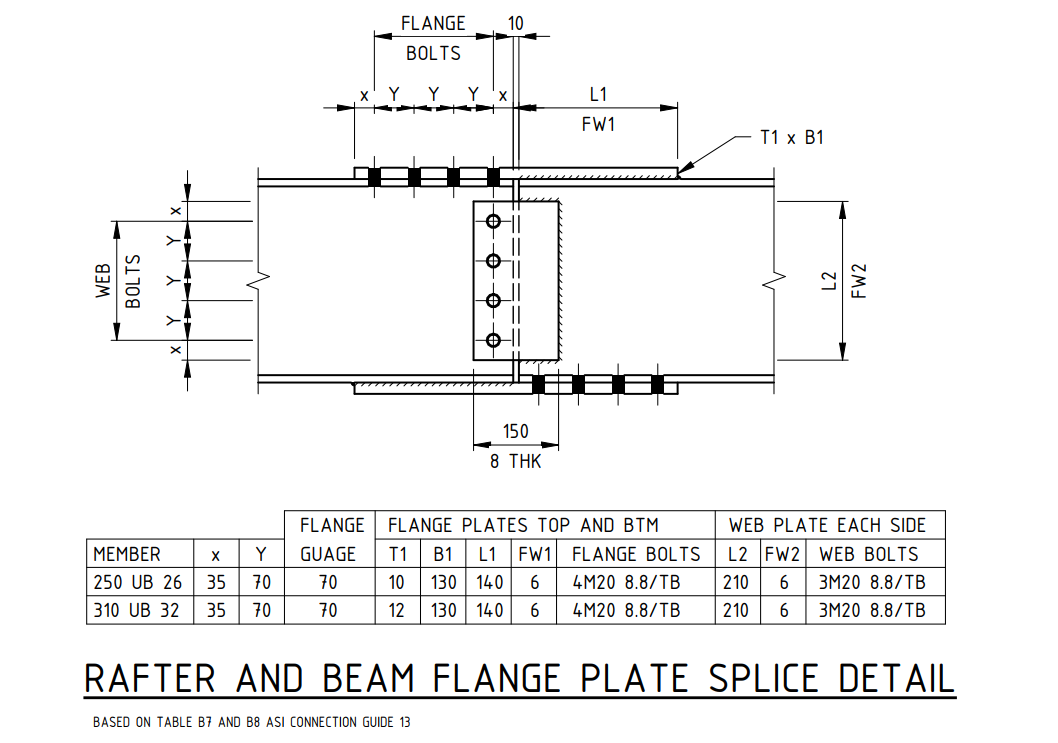
Erection Issue Eliminated Through Suggested Changes in the Splice Connection During Detail Engineering
Issue Identified During Detail Engineering Proposed Solution: Fully Bolted Connection Client Approval Conclusion
-
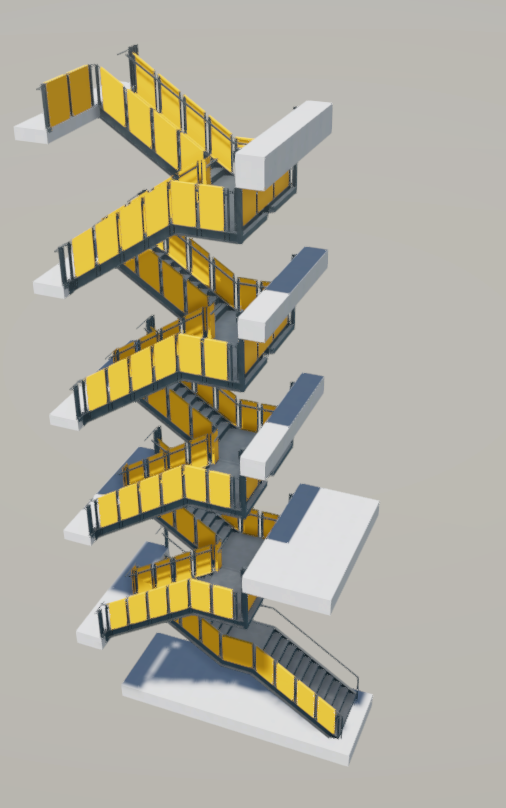
-

TEK1’s Steel Detailing for Sydney Metro – Resolving Design Challenges – 1
TEK1 is currently engaged in steel detailing for the Sydney Metro project, working with a reputed organization in Australia. During the detailing process, we have encountered several design challenges. Here, we will share one such issue and how we resolved it. The Issue A design required two unequal angles welded to a small hanger with…
